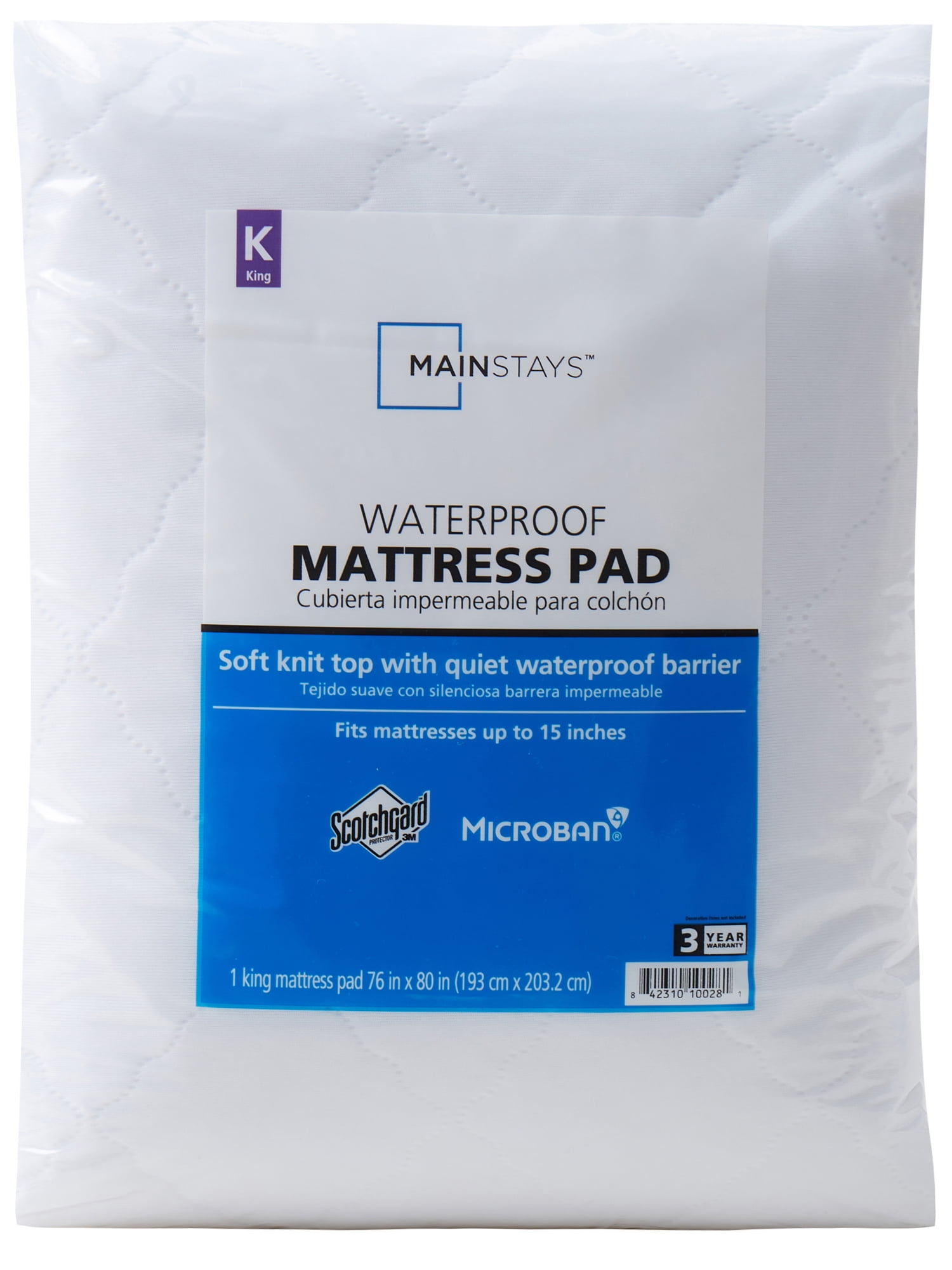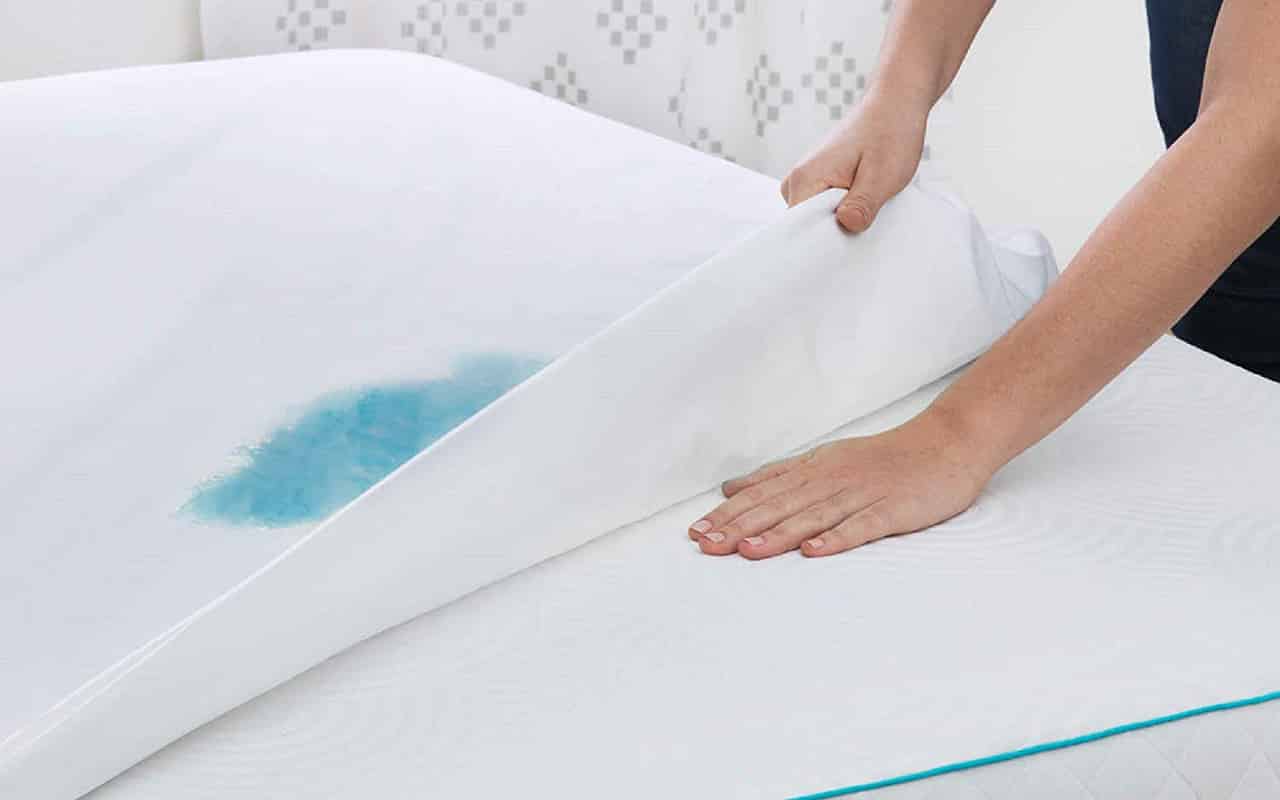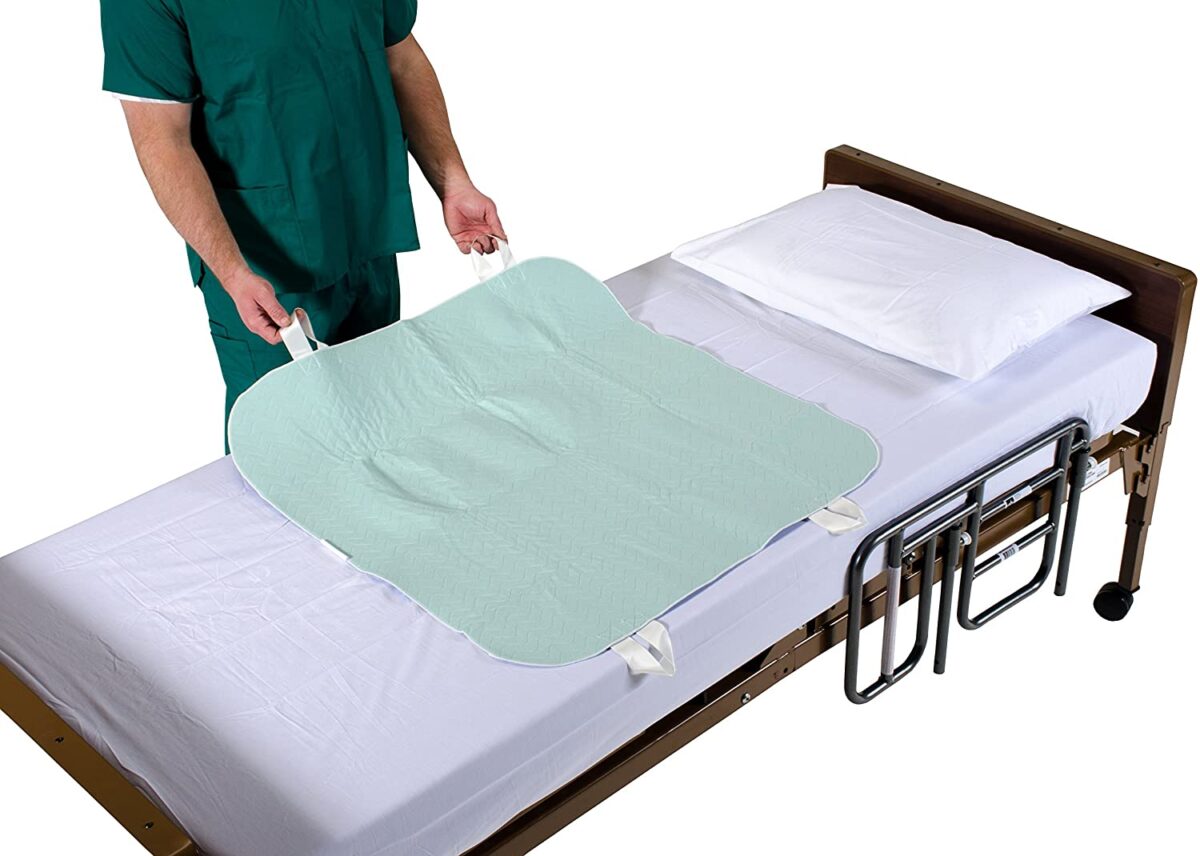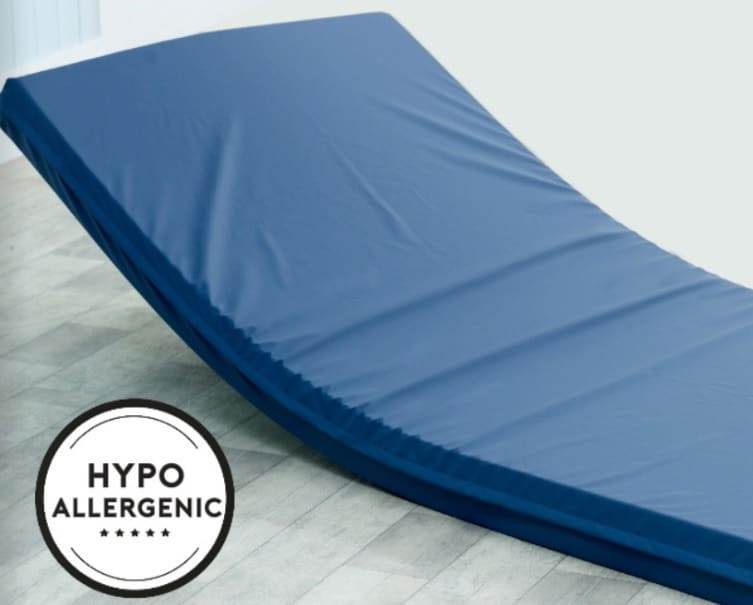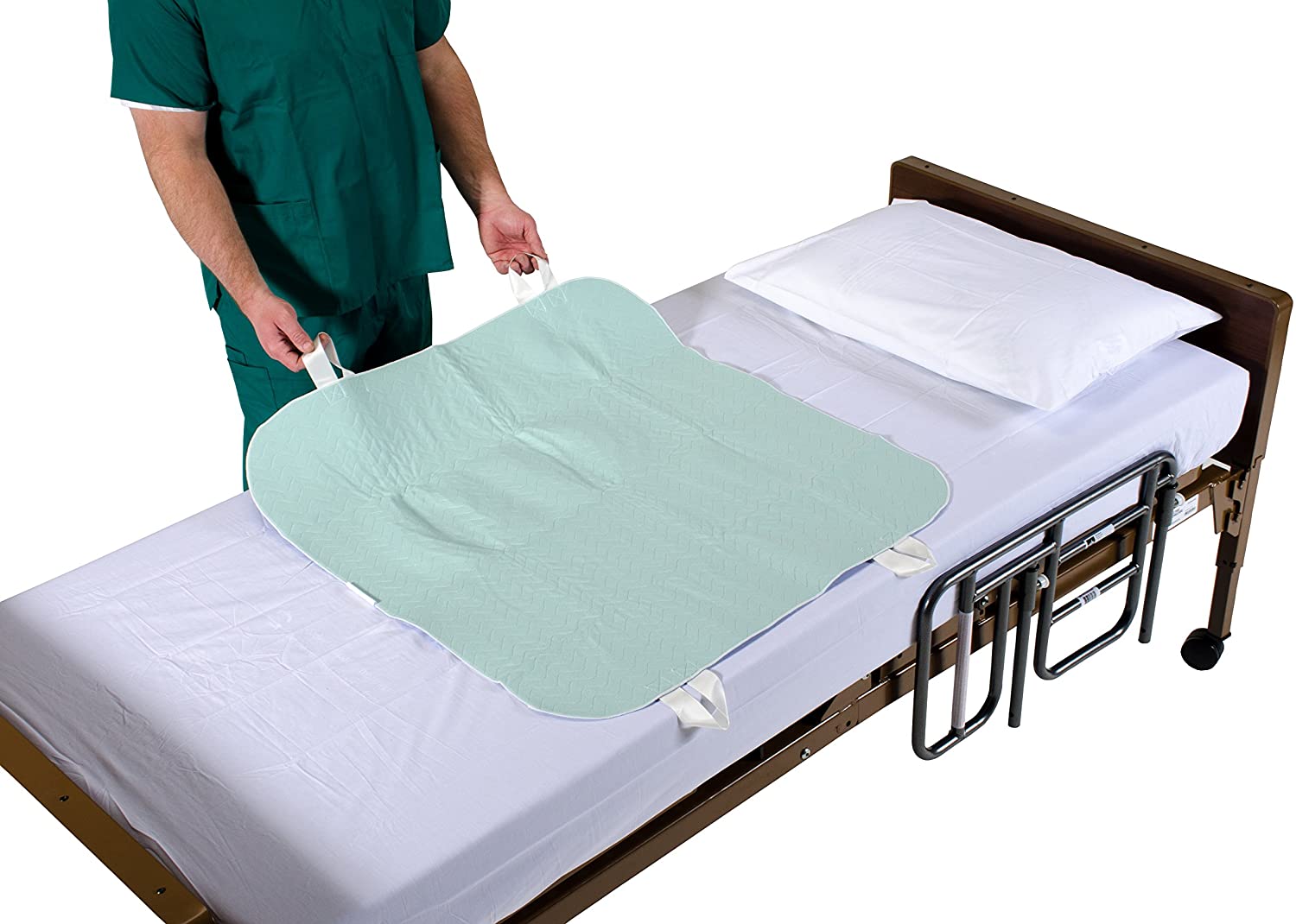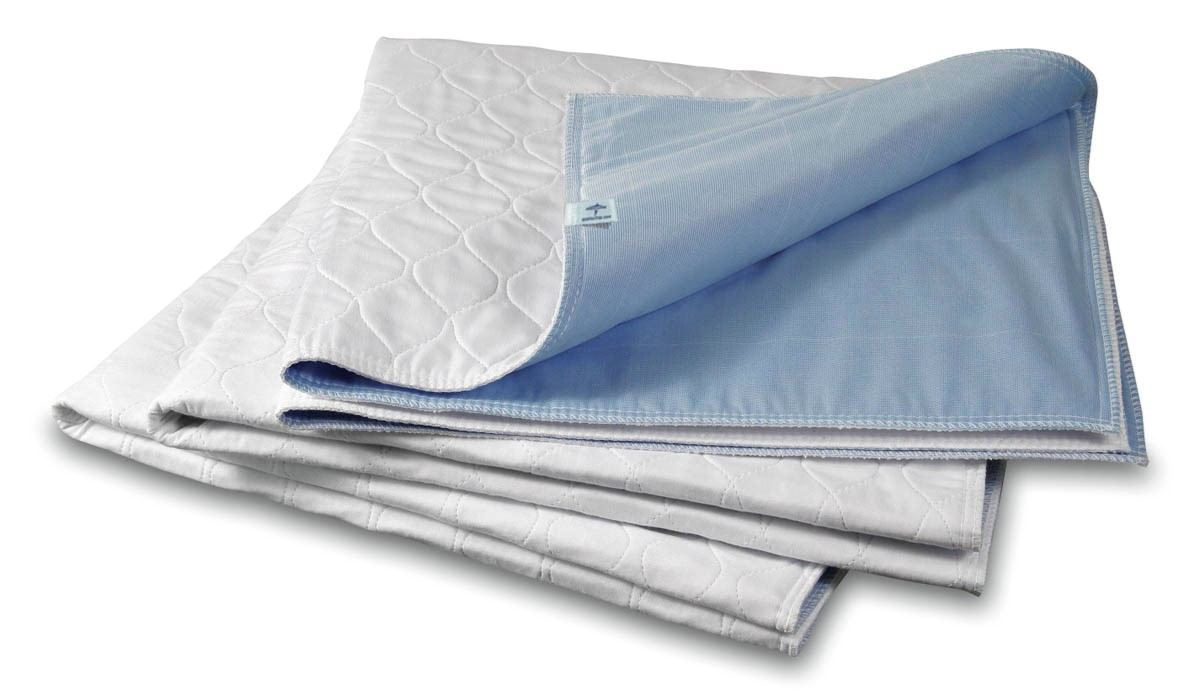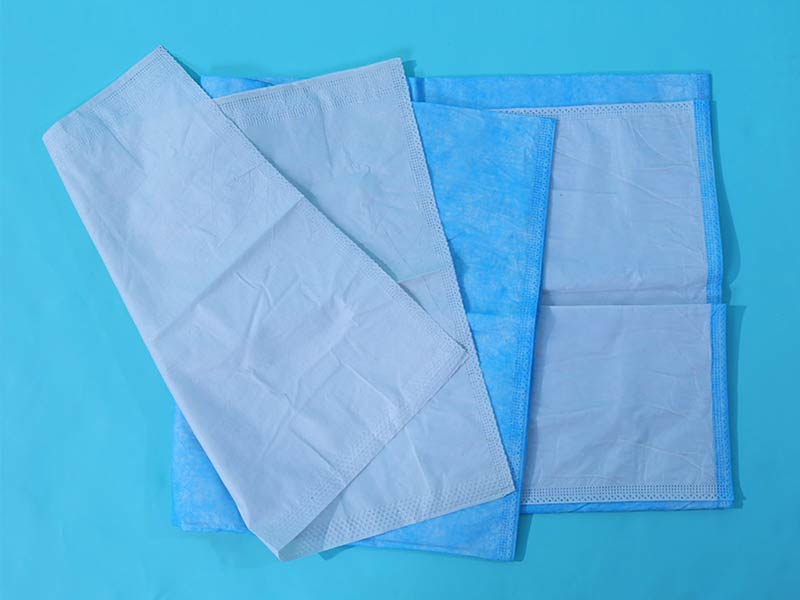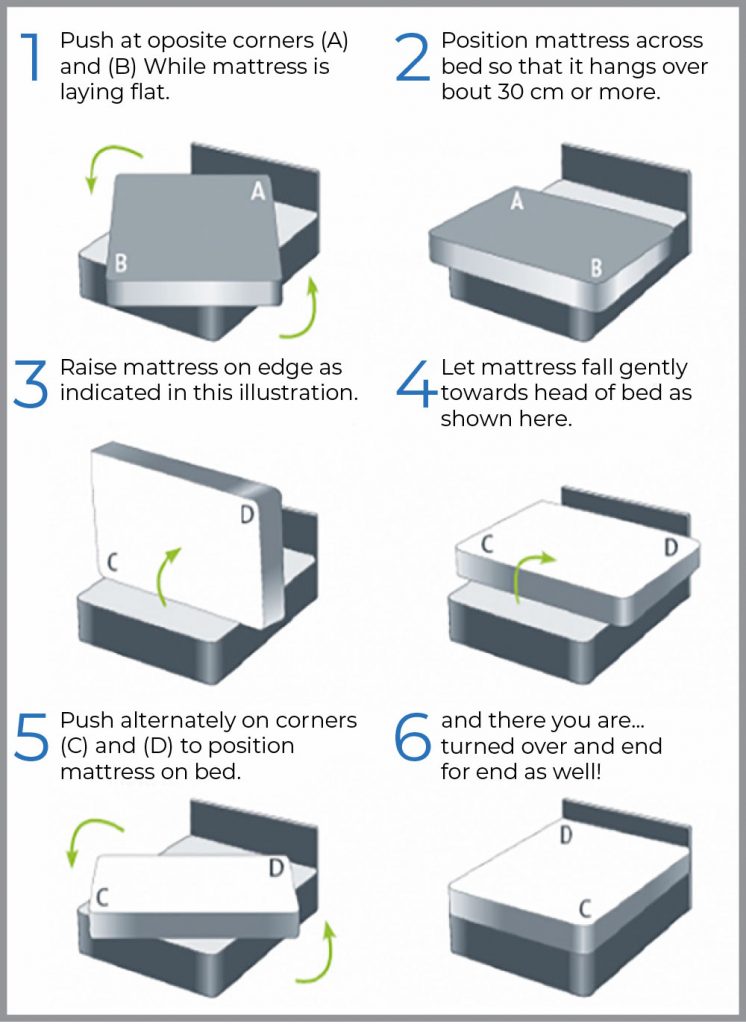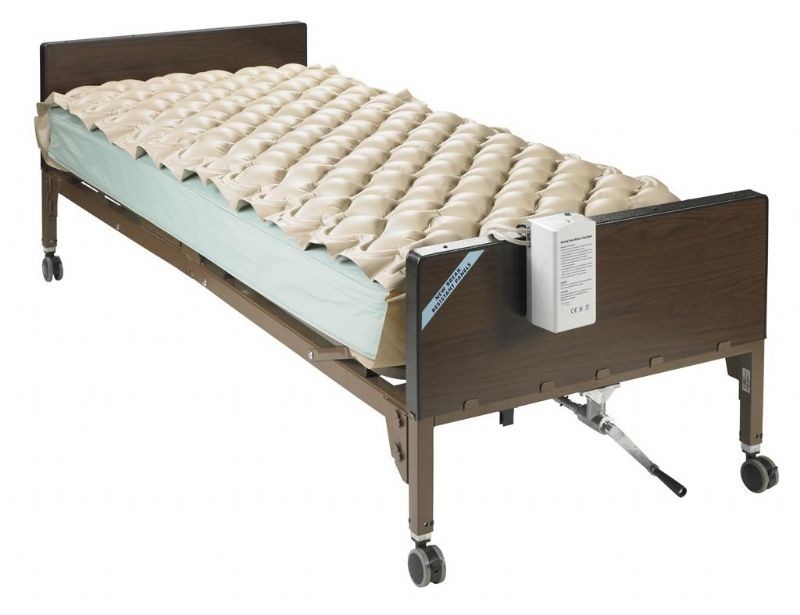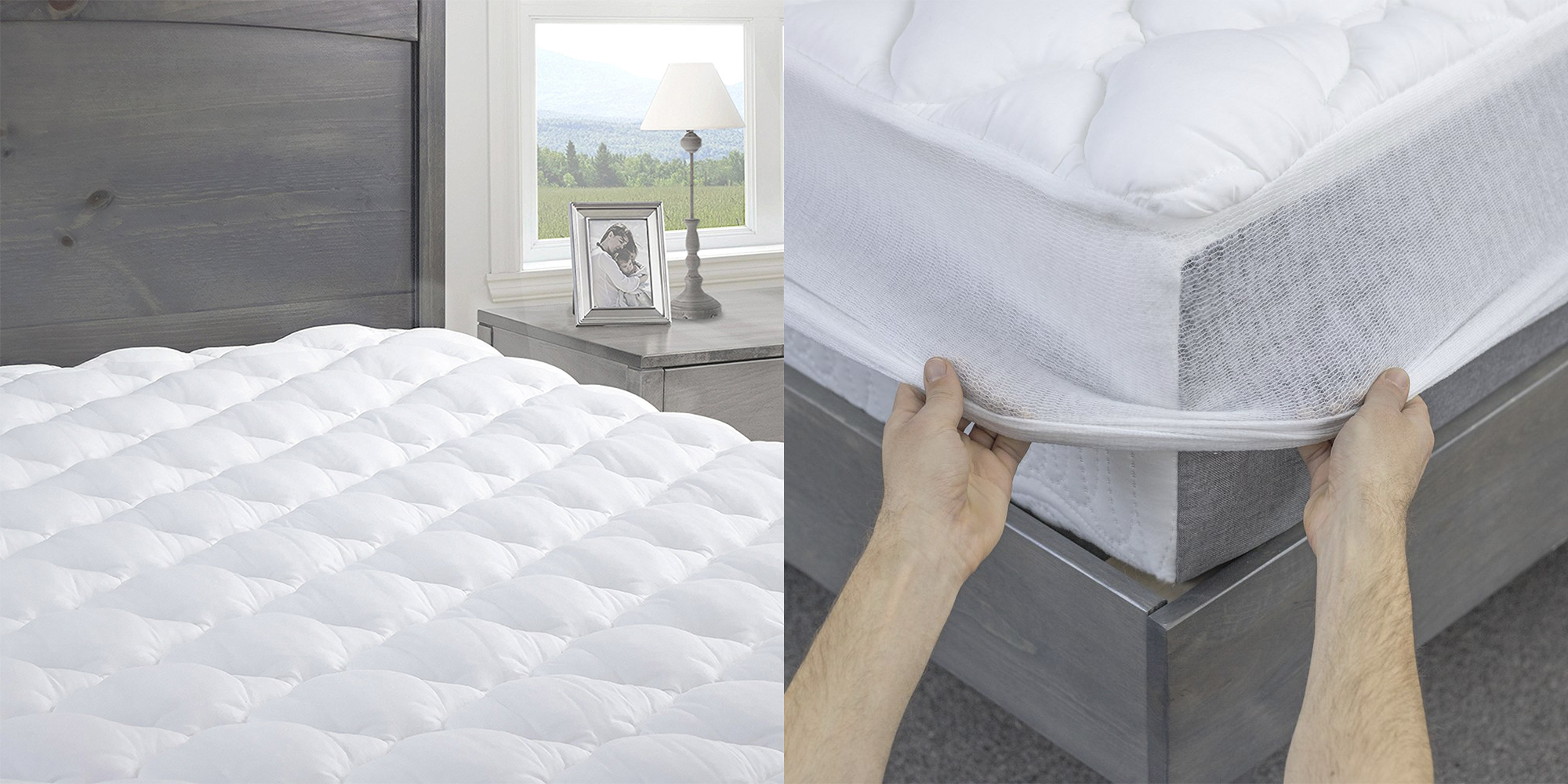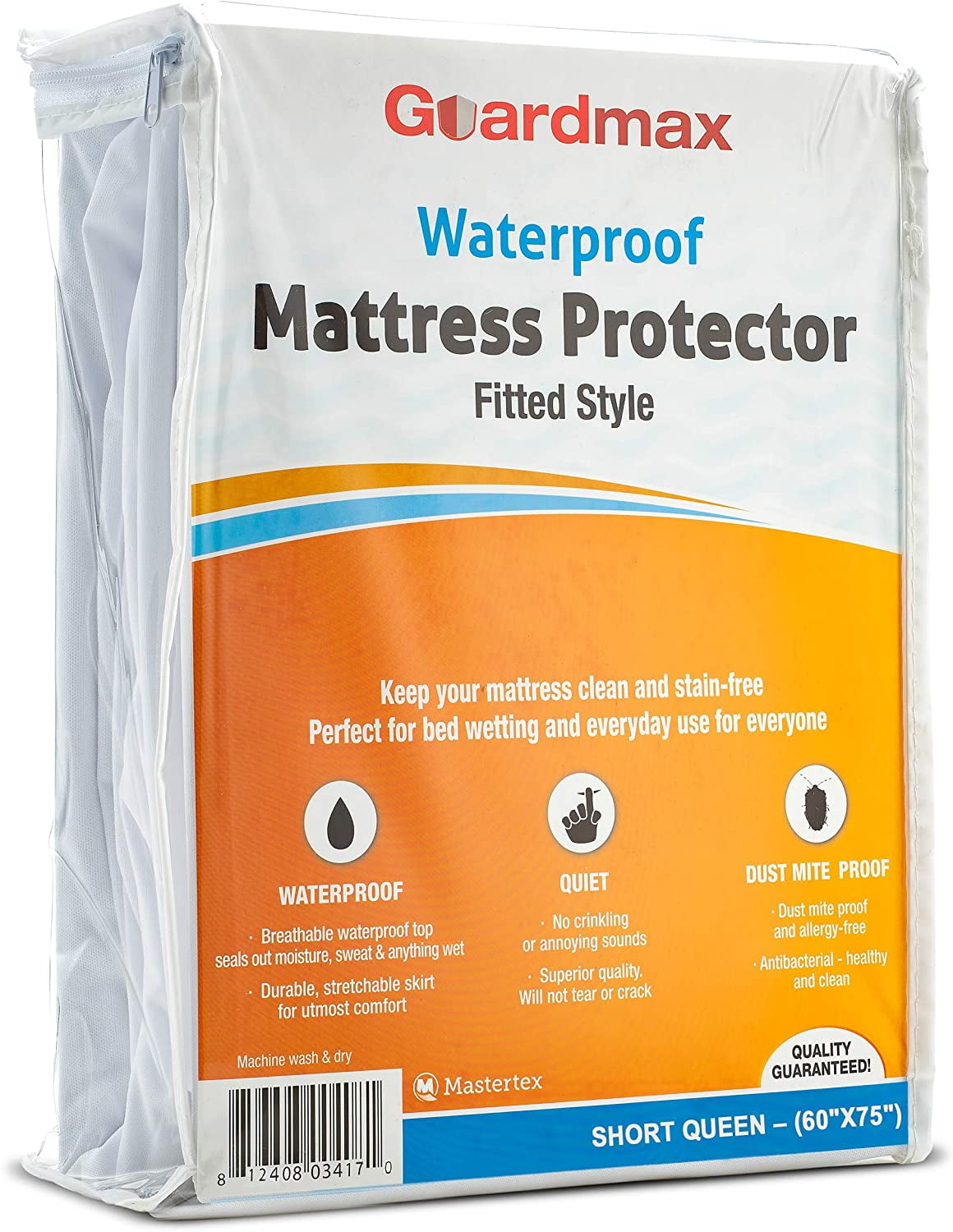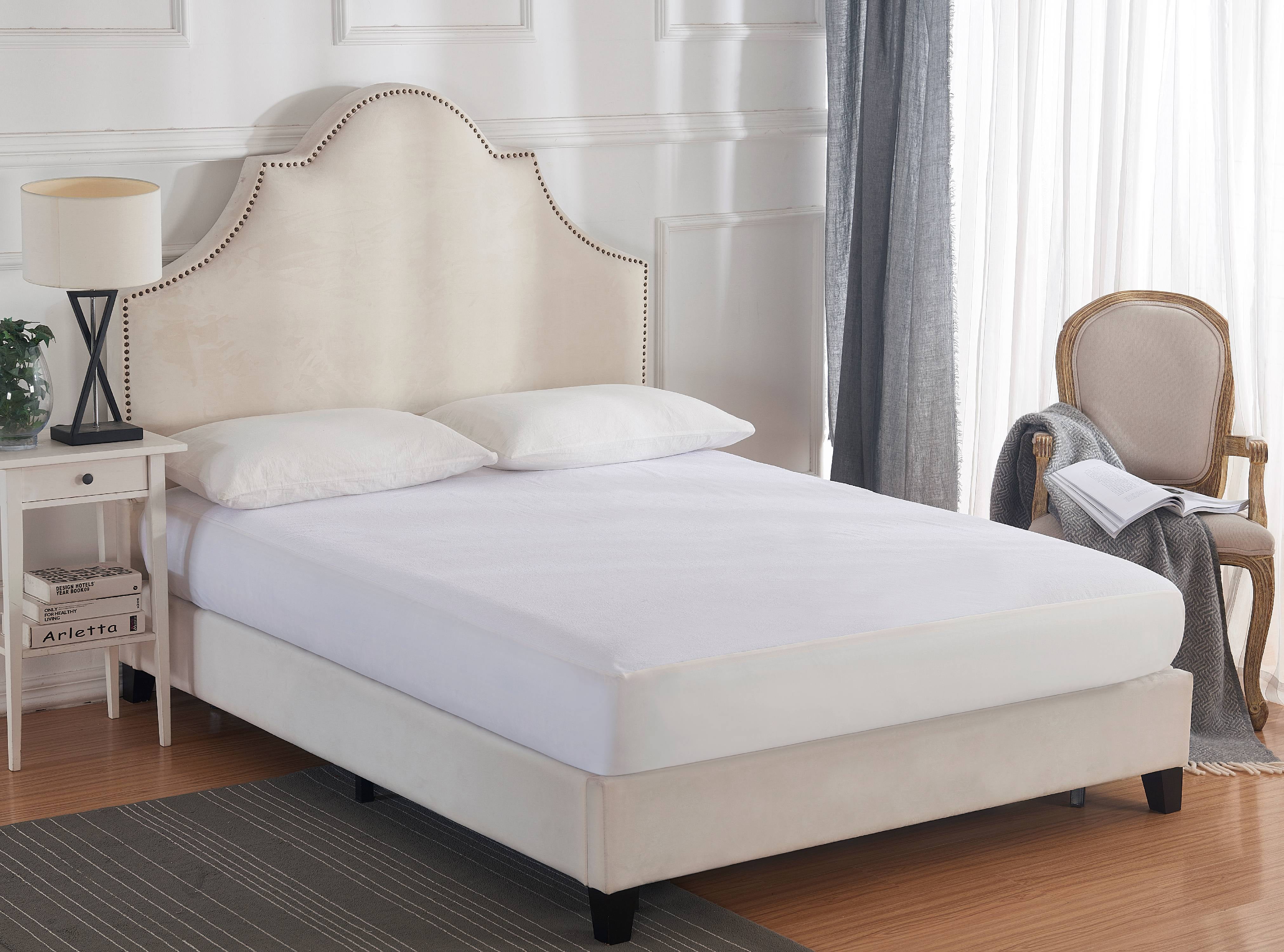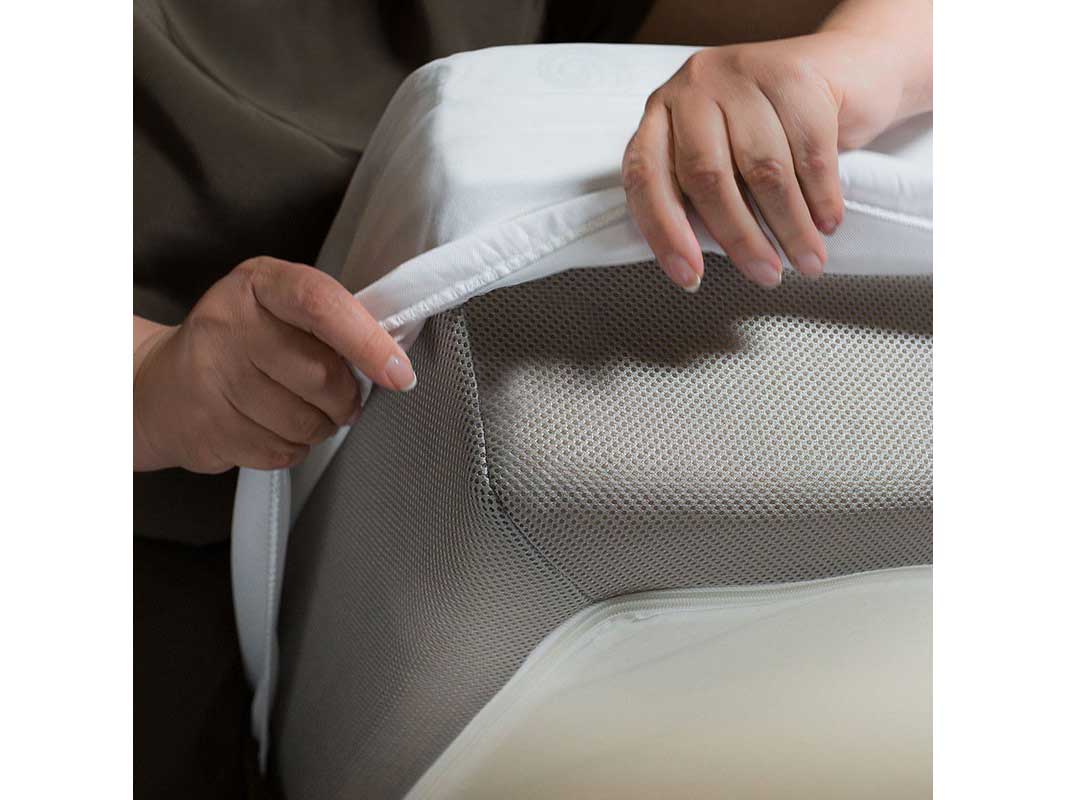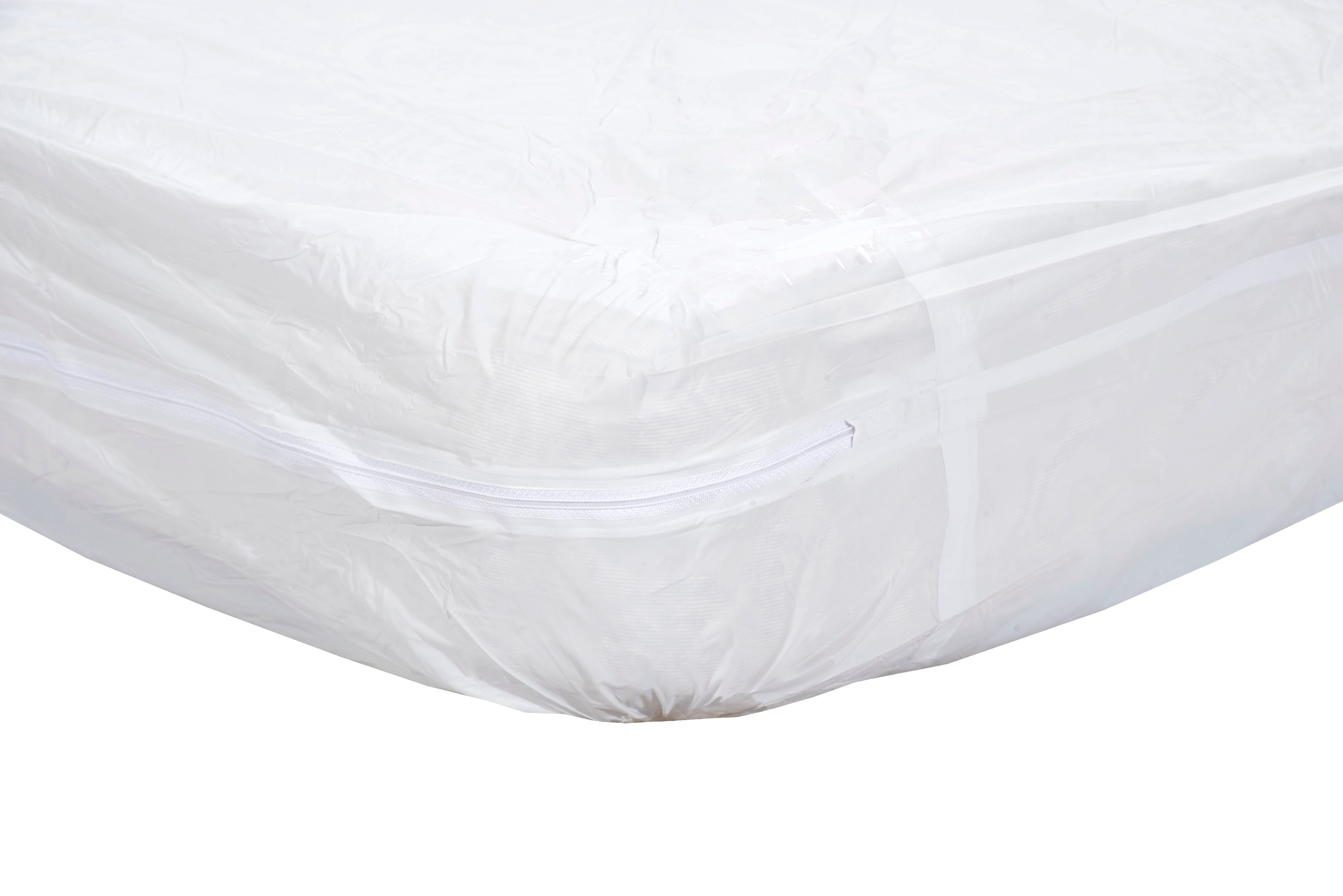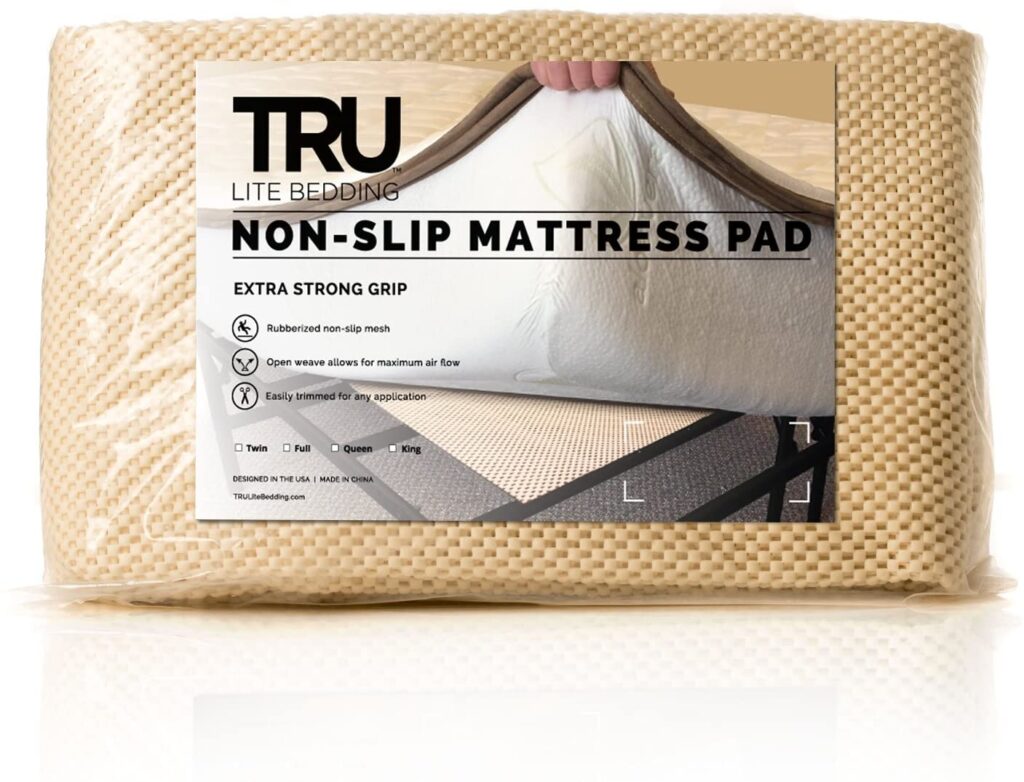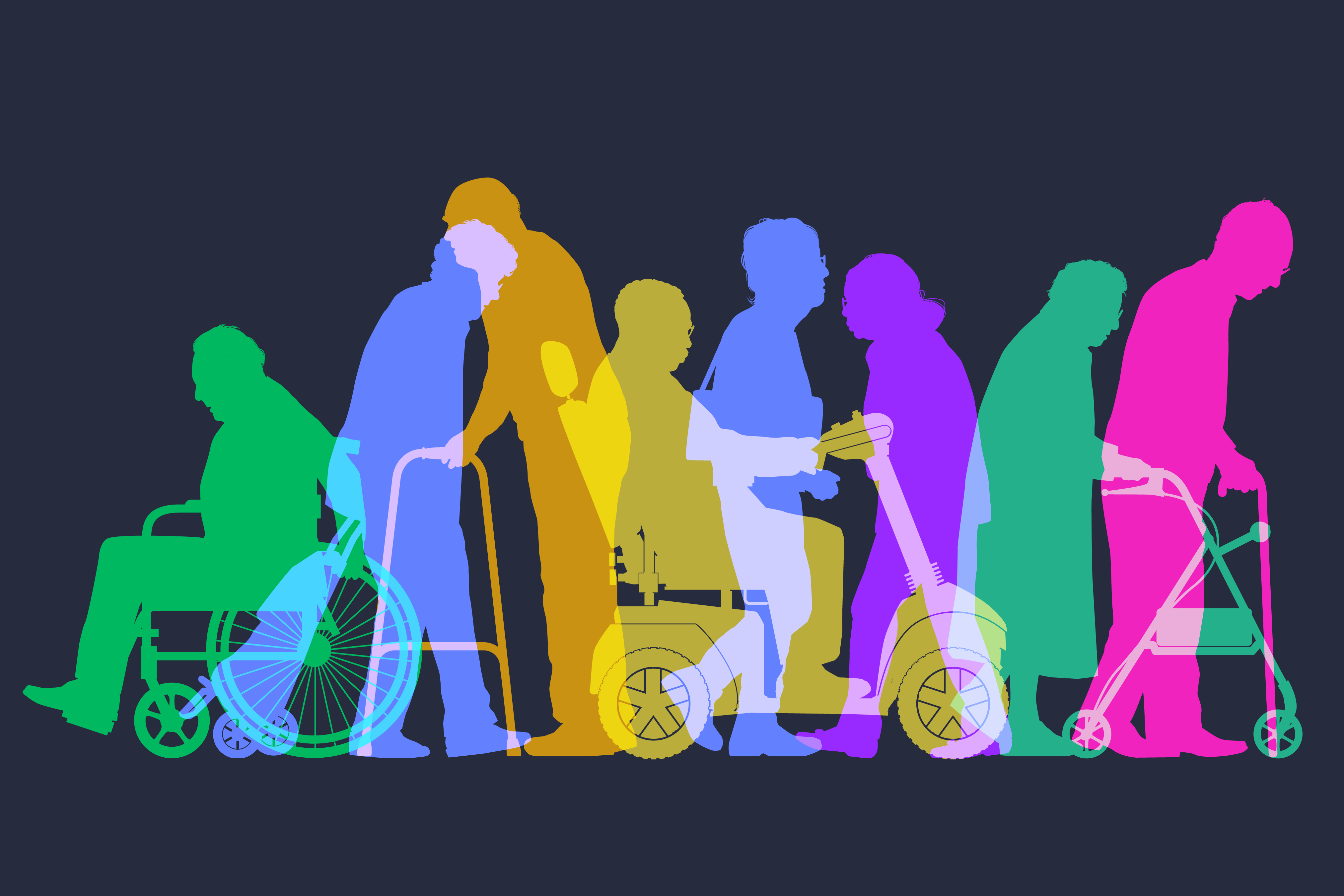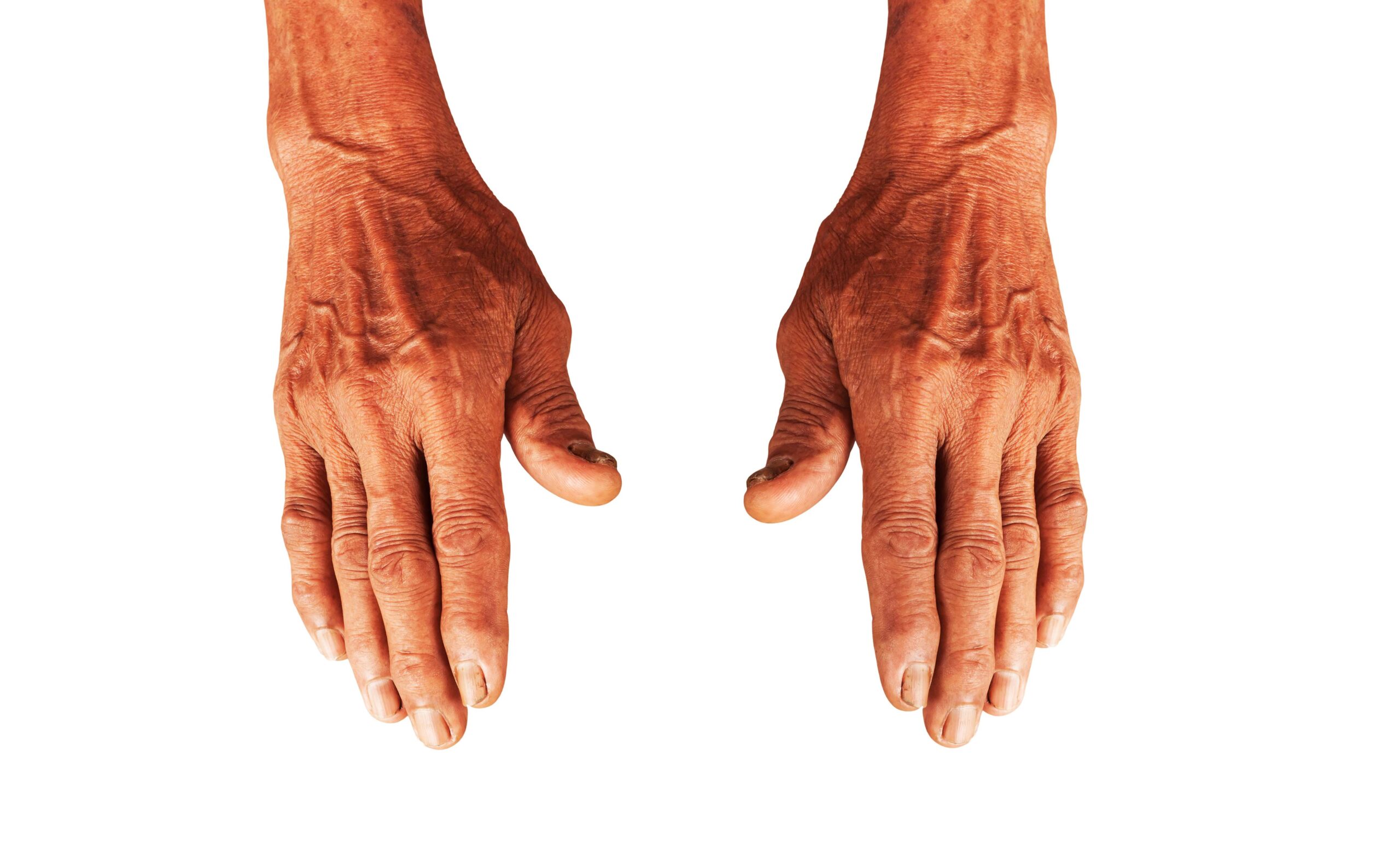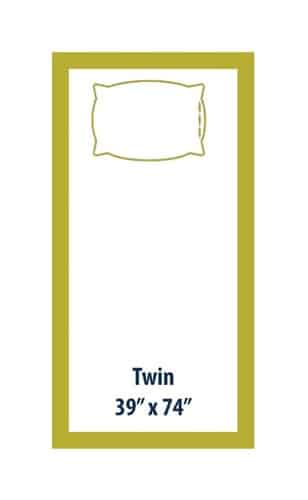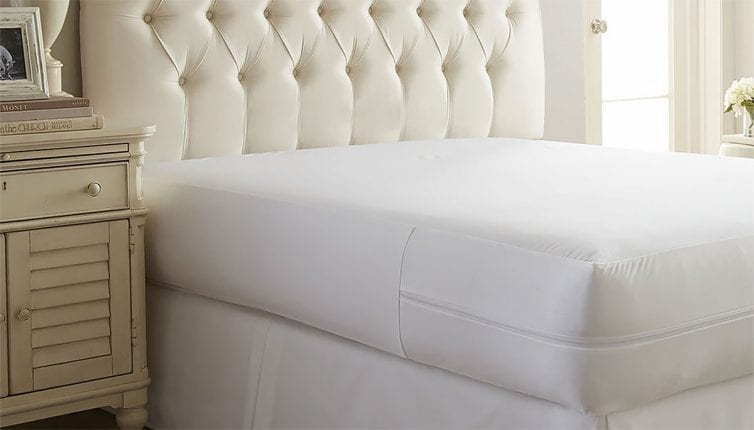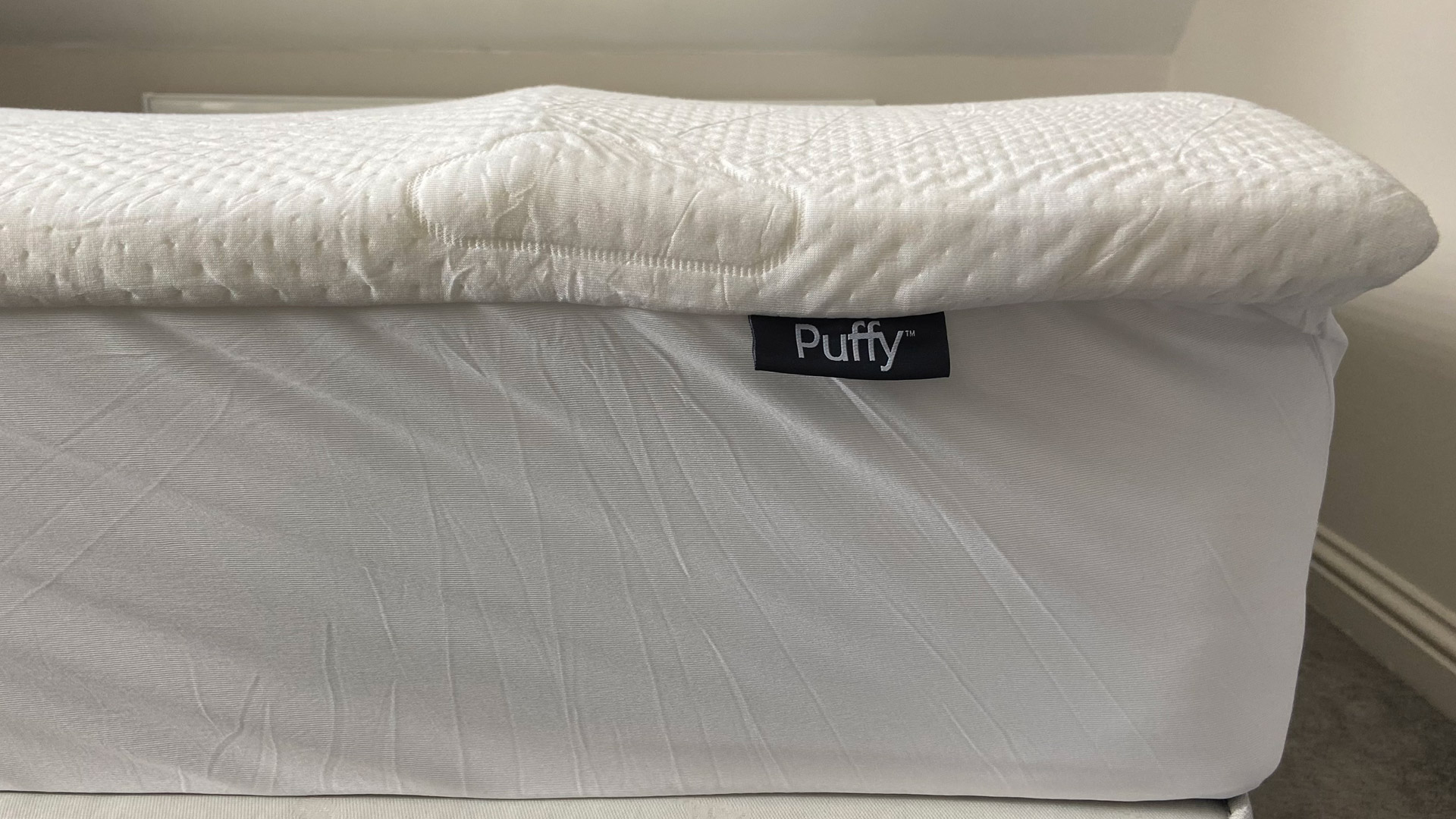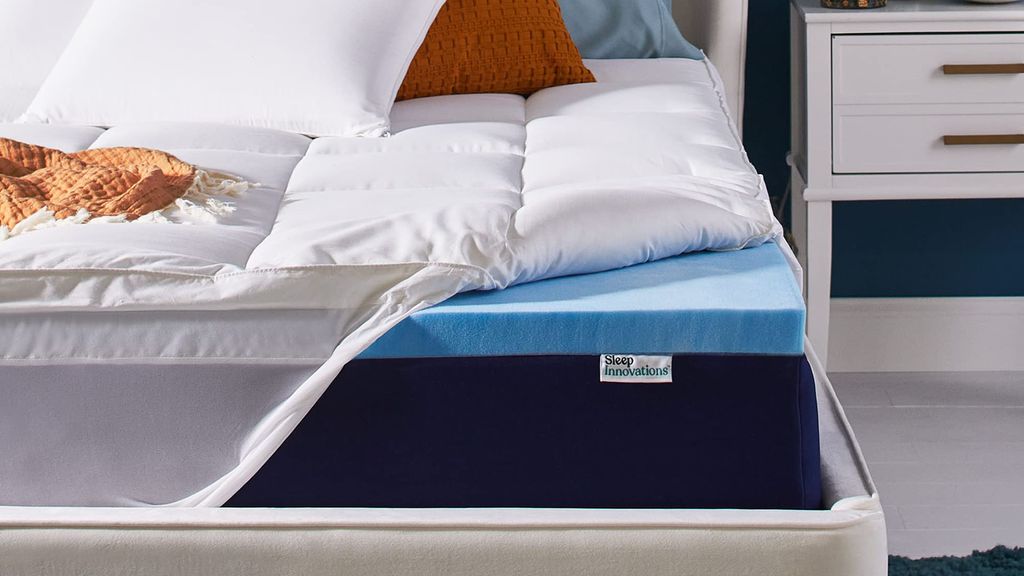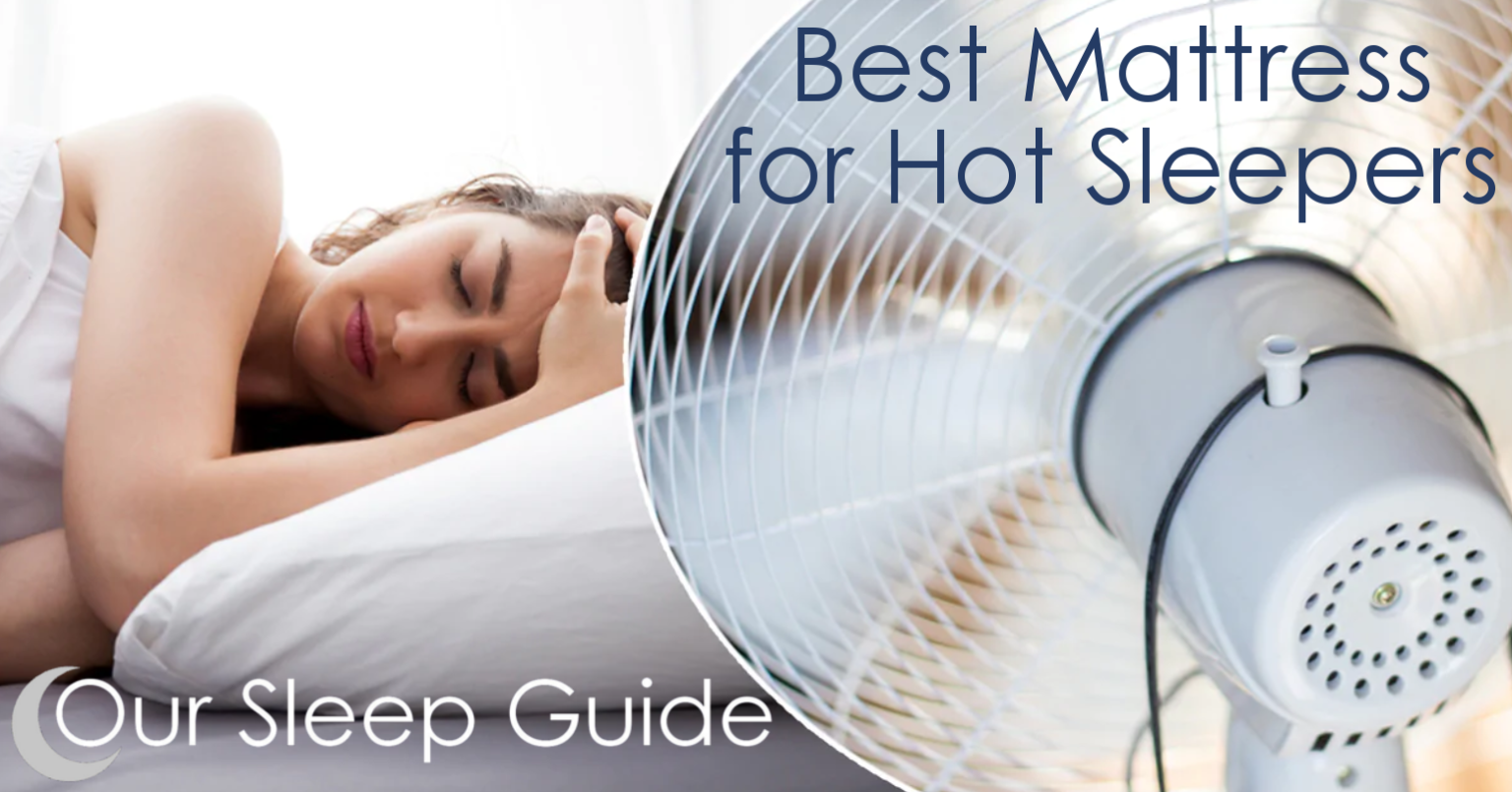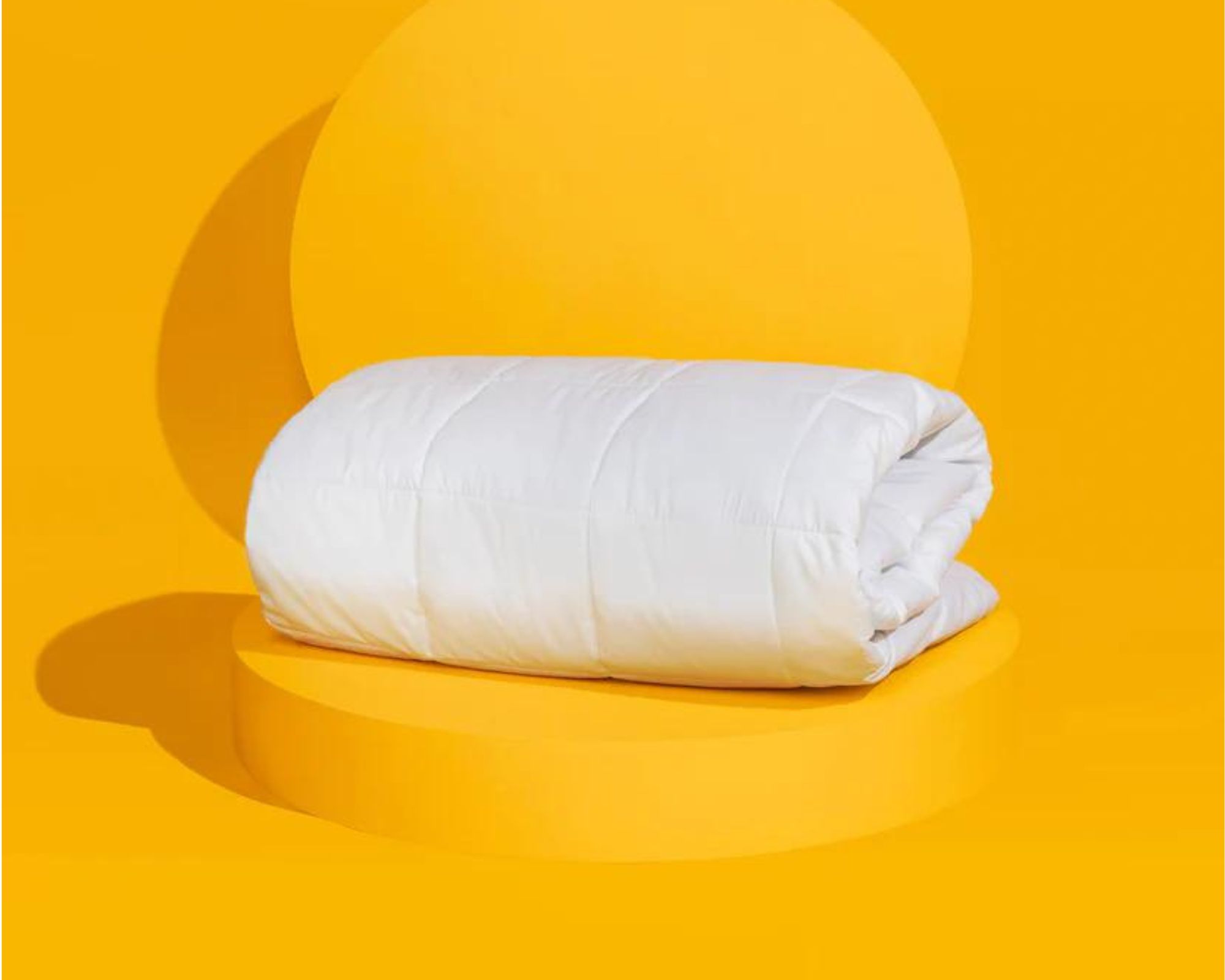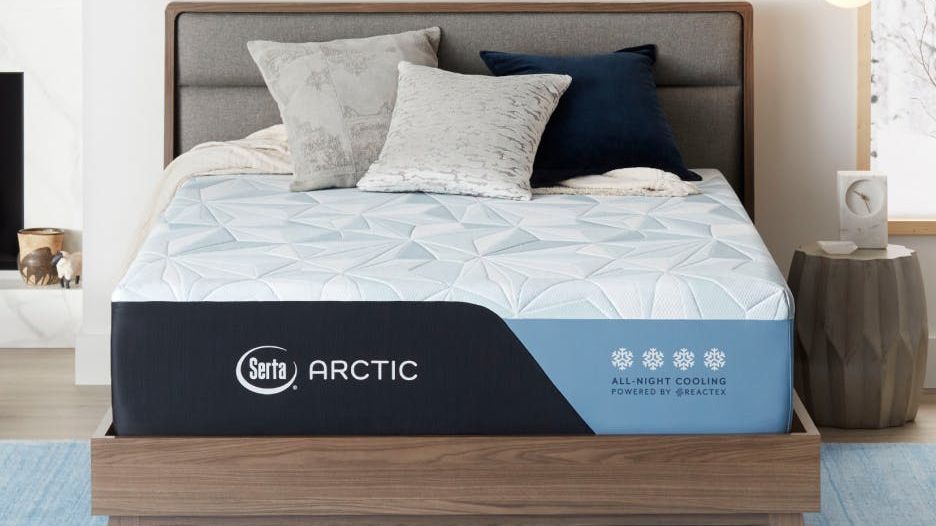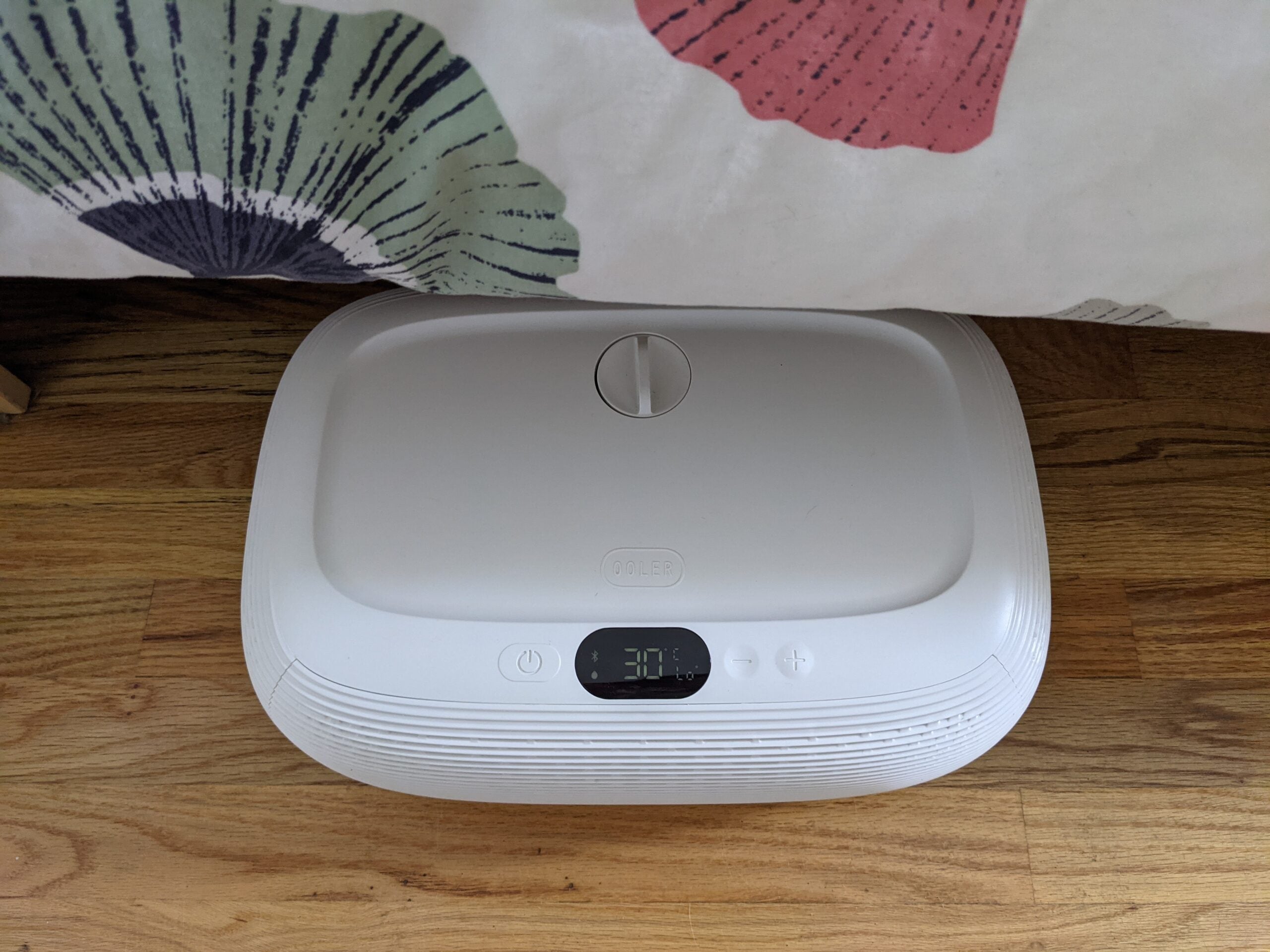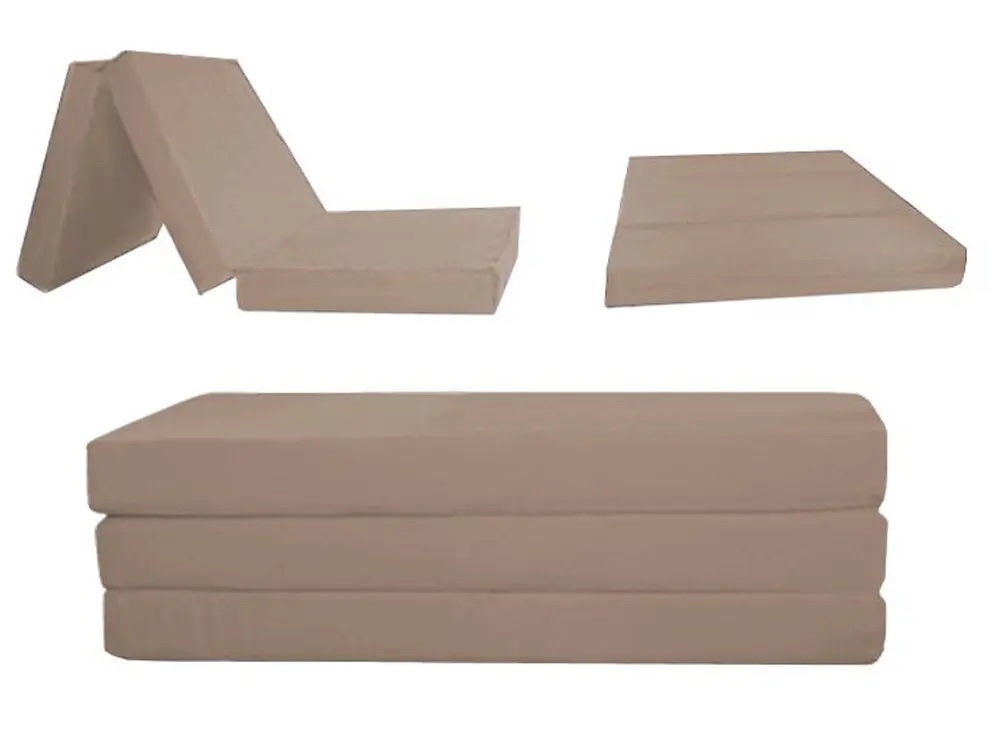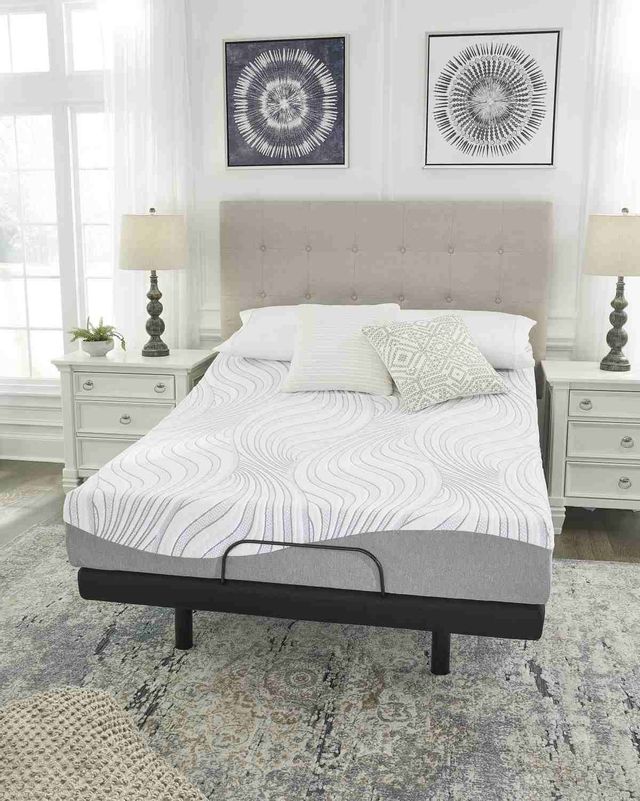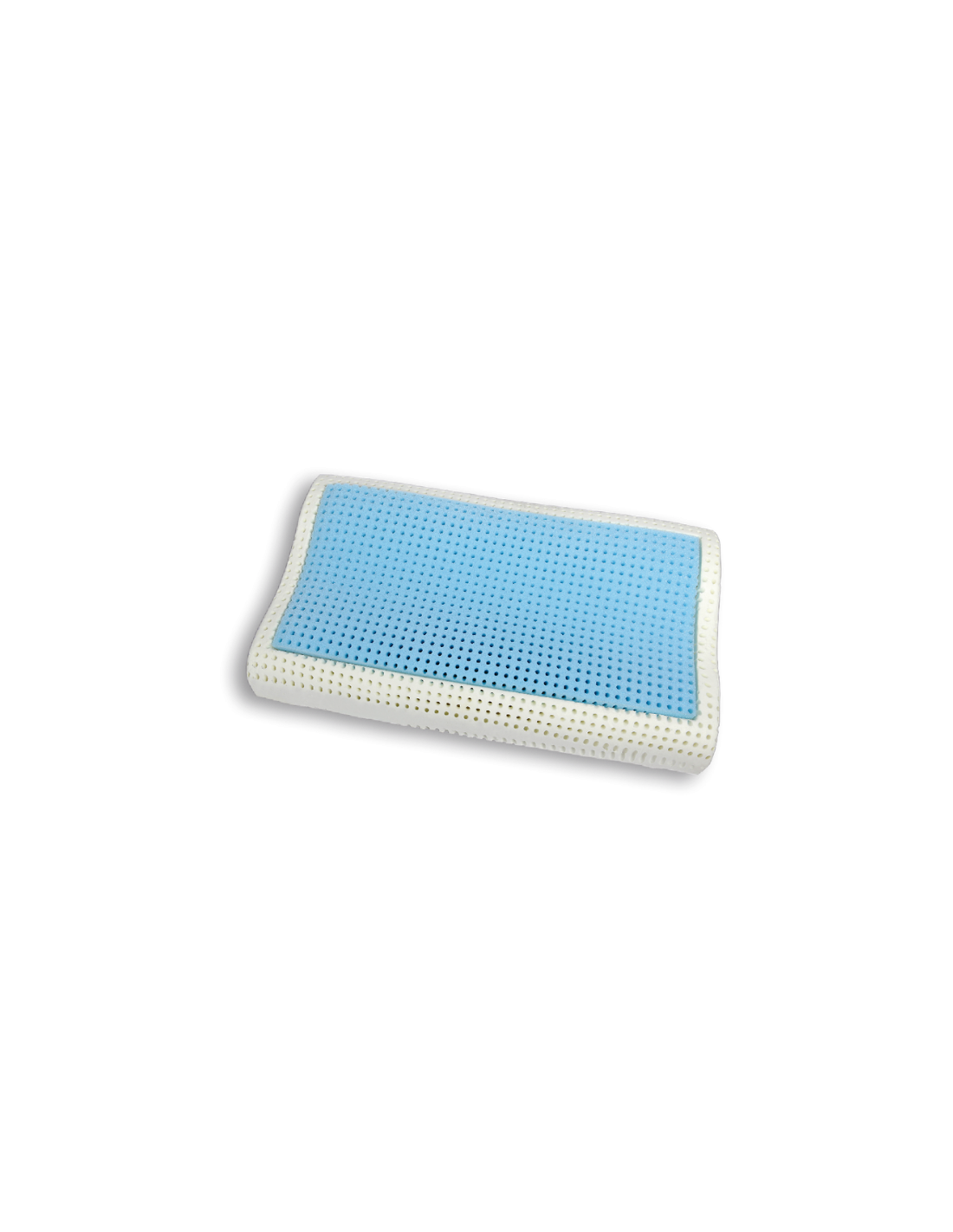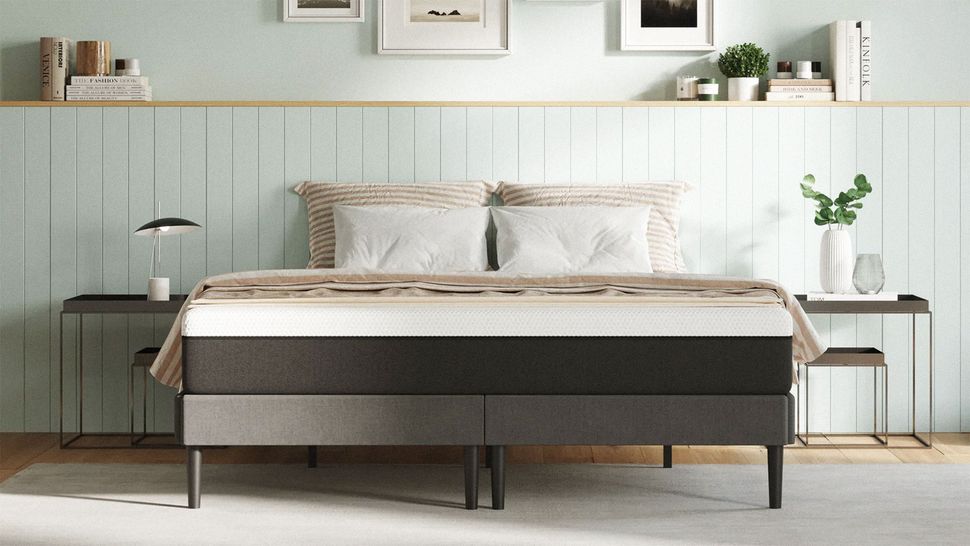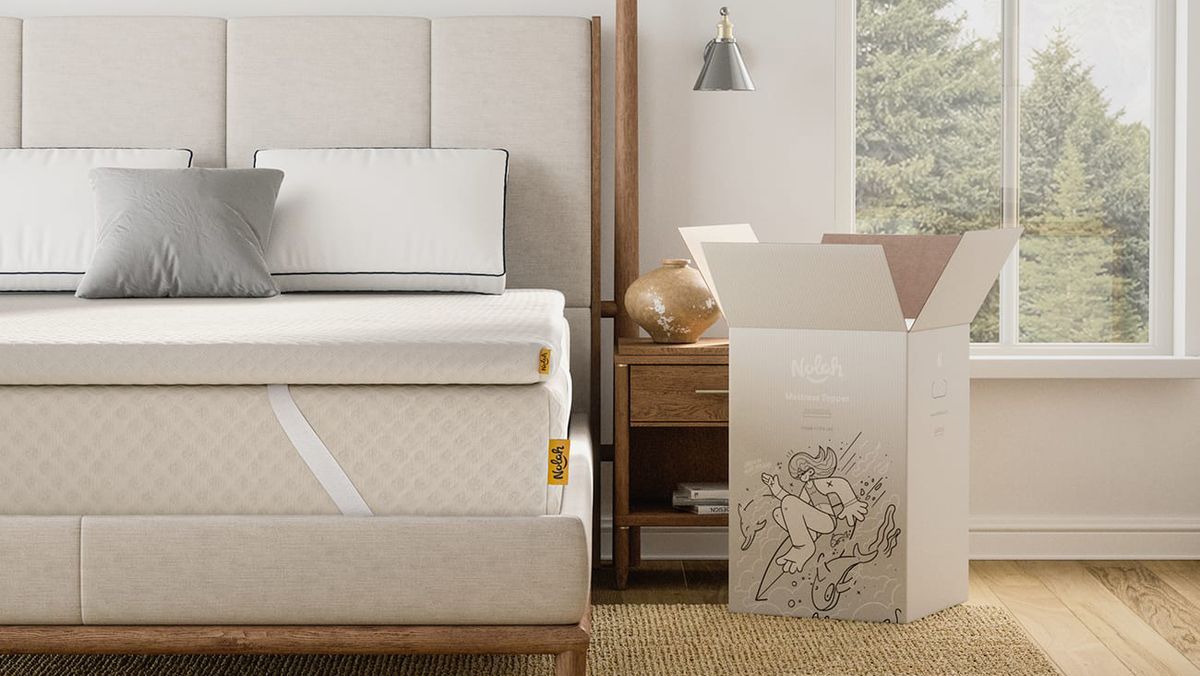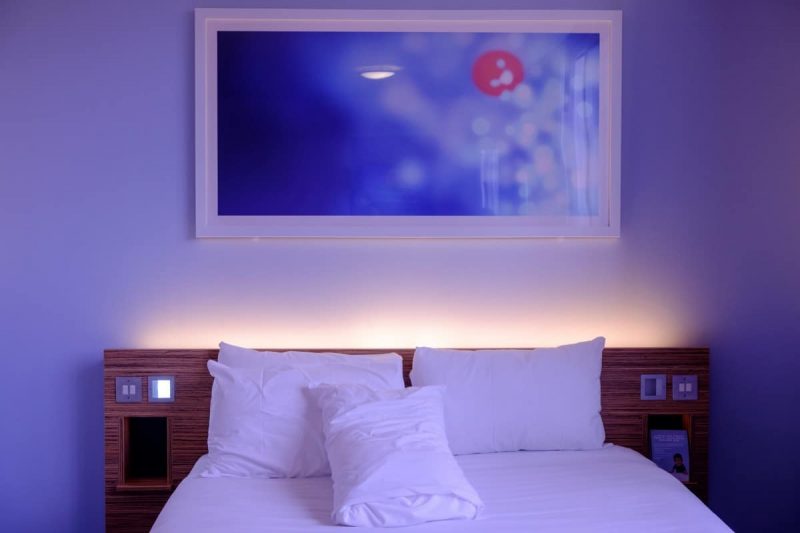1. Waterproof Mattress Pad for Nursing Homes
Nursing homes have unique needs when it comes to bedding, and one of the most important considerations is keeping the mattress clean and dry. That's where a waterproof mattress pad comes in. Designed specifically for use in nursing homes, these mattress pads are made with a waterproof layer that prevents any spills or accidents from seeping through to the mattress.
Not only do these mattress pads provide protection for the mattress, but they also make cleaning up messes much easier. Simply remove the pad and toss it in the wash for a quick and convenient solution. This is especially beneficial for caregivers who have to deal with frequent accidents in elderly residents.
Look for a waterproof mattress pad with high-quality materials and durable construction to ensure it will hold up to regular use in a nursing home setting. It's also a good idea to choose one that is hypoallergenic and free of harmful chemicals to promote a safe and healthy environment for residents.
2. Reusable Underpad for Nursing Home Mattresses
Another popular option for protecting nursing home mattresses is a reusable underpad. These pads are made with multiple layers of absorbent materials, such as cotton or microfiber, to quickly soak up any spills or accidents. They also have a waterproof backing to prevent leaks.
One of the main advantages of using a reusable underpad is its eco-friendly nature. Instead of constantly buying disposable pads, a reusable one can be washed and reused, saving both money and the environment. They also tend to have a longer lifespan and can withstand multiple washings without losing their effectiveness.
When choosing a reusable underpad, look for one with high absorbency and non-slip backing to ensure it stays in place on the mattress. Some also come with odor control technology to help keep the room smelling fresh and clean.
3. Pressure Relief Mattress Pad for Elderly Care
Elderly residents in nursing homes often have limited mobility and spend a lot of time in bed, making pressure relief a crucial factor in their bedding. A pressure relief mattress pad is designed to distribute weight more evenly, reducing the risk of pressure sores and promoting better circulation.
These mattress pads are typically made with materials like memory foam or gel-infused foam, which contour to the body's shape and provide support and cushioning. They also help to reduce motion transfer, making it easier for residents to get in and out of bed without disturbing their partner or roommate.
When choosing a pressure relief mattress pad, look for one with temperature-regulating properties to help keep residents cool and comfortable. It's also important to check the weight limit and choose one that can support the resident's weight.
4. Washable Bed Pads for Nursing Home Use
In addition to protecting the mattress, bed pads can also be used to protect residents themselves. Washable bed pads are designed to be placed on top of the sheet and act as a barrier between the resident and the mattress. This not only helps to keep the bed clean, but it also provides an extra layer of protection against spills and accidents.
Washable bed pads are typically made with soft and comfortable fabrics that are gentle on the skin. They are also absorbent and quick-drying, making them easy to use and maintain. They can also be used for multiple purposes, such as protecting wheelchairs or furniture, making them a versatile choice for nursing homes.
Look for washable bed pads that are machine-washable and can withstand frequent use and washing. They should also have a non-slip backing to prevent them from shifting during the night.
5. Anti-Slip Mattress Protector for Senior Living
Many elderly residents in nursing homes may have trouble with mobility, which can make it difficult for them to get in and out of bed safely. An anti-slip mattress protector can help to prevent accidents by keeping the mattress in place and reducing the risk of falls.
These mattress protectors are typically made with a non-slip material on the bottom, such as rubber or silicone, that grips onto the mattress and prevents it from sliding. Some also come with extra padding on the top for added comfort and support.
When choosing an anti-slip mattress protector, make sure it is compatible with the size and type of mattress in the nursing home. It should also be easy to clean and maintain for the convenience of caregivers.
6. Incontinence Mattress Pad for Nursing Home Residents
For elderly residents with incontinence issues, a specialized mattress pad designed for this purpose is essential. These pads are made with absorbent materials to quickly wick away moisture and prevent it from reaching the mattress.
Incontinence mattress pads are also designed to be odor-resistant, helping to keep the room smelling fresh and clean. They can also be used for multiple purposes, such as protecting chairs or wheelchairs, making them a versatile choice for nursing homes.
Look for an incontinence mattress pad with high absorbency and quick-drying properties to ensure it can handle frequent accidents. It should also be soft and comfortable for the resident's skin.
7. Bed Bug Resistant Mattress Cover for Nursing Homes
Bed bugs can be a major concern in nursing homes, as they can easily spread from resident to resident and cause discomfort and health issues. To prevent this, using a bed bug resistant mattress cover is highly recommended.
These covers are made with specialized materials that are resistant to bed bugs, preventing them from nesting and laying eggs on the mattress. They are also waterproof and protect against spills and stains, making them a practical choice for nursing homes.
When choosing a bed bug resistant mattress cover, make sure it is breathable and has a secure zipper closure to prevent bed bugs from entering or escaping. It should also be easy to clean and maintain for the convenience of caregivers.
8. Quilted Mattress Topper for Comfort in Nursing Homes
In addition to providing protection for the mattress, a quilted mattress topper can also add an extra layer of comfort for nursing home residents. These toppers are made with soft and plush materials that provide cushioning and support for a more restful sleep.
Many quilted mattress toppers also come with hypoallergenic properties and are free of harsh chemicals, making them suitable for elderly residents with sensitive skin or allergies. They can also help to regulate temperature and keep residents cool and comfortable throughout the night.
Look for a quilted mattress topper with thick padding and even distribution to ensure maximum comfort and support. It should also be easy to attach to the mattress and machine-washable for easy maintenance.
9. Cooling Mattress Pad for Hot Sleepers in Nursing Homes
For nursing home residents who tend to sleep hot, a cooling mattress pad can help to regulate temperature and provide a more comfortable sleeping experience. These pads are made with breathable materials that allow for air circulation and prevent heat from being trapped.
Some cooling mattress pads also come with gel-infused foam or moisture-wicking technology to help keep residents cool and dry throughout the night. This can be especially beneficial for those who are prone to night sweats or hot flashes.
When choosing a cooling mattress pad, make sure it is compatible with the type of mattress in the nursing home and has a secure fit to prevent it from shifting. It should also be easy to clean and maintain for the convenience of caregivers.
10. Memory Foam Mattress Overlay for Pressure Relief in Nursing Homes
Similar to a pressure relief mattress pad, a memory foam mattress overlay can provide extra cushioning and support for elderly residents in nursing homes. These overlays are made with high-density memory foam that conforms to the body's shape and helps to distribute weight more evenly.
Memory foam mattress overlays can also help to reduce pressure points and provide relief for residents with aches and pains. They can also help to reduce motion transfer, making it easier for residents to get in and out of bed without disturbing their partner or roommate.
When choosing a memory foam mattress overlay, look for one with temperature-regulating properties to help keep residents cool and comfortable. It should also be compatible with the size and type of mattress in the nursing home.
In conclusion, choosing the right mattress pad for a nursing home is crucial for the comfort, safety, and well-being of its residents. With these top 10 options, you can find the perfect mattress pad to meet the specific needs of your nursing home and provide the best care for your elderly residents. Remember to consider factors such as durability, comfort, and ease of maintenance when making your decision, and be sure to regularly clean and replace the mattress pads to ensure a clean and hygienic environment for all.
Benefits of Using Mattress Pads for Nursing Homes

Provide Comfort and Support for Residents
 When it comes to the care of elderly residents in nursing homes, comfort and support are key factors to consider.
Mattress pads
are designed to provide an extra layer of cushioning and support to the bed, making it more comfortable for the resident to sleep on. This is especially important for those who may have mobility issues or suffer from chronic pain. With the right mattress pad, residents can get a good night's rest, leading to better overall health and well-being.
When it comes to the care of elderly residents in nursing homes, comfort and support are key factors to consider.
Mattress pads
are designed to provide an extra layer of cushioning and support to the bed, making it more comfortable for the resident to sleep on. This is especially important for those who may have mobility issues or suffer from chronic pain. With the right mattress pad, residents can get a good night's rest, leading to better overall health and well-being.
Protect the Mattress from Wear and Tear
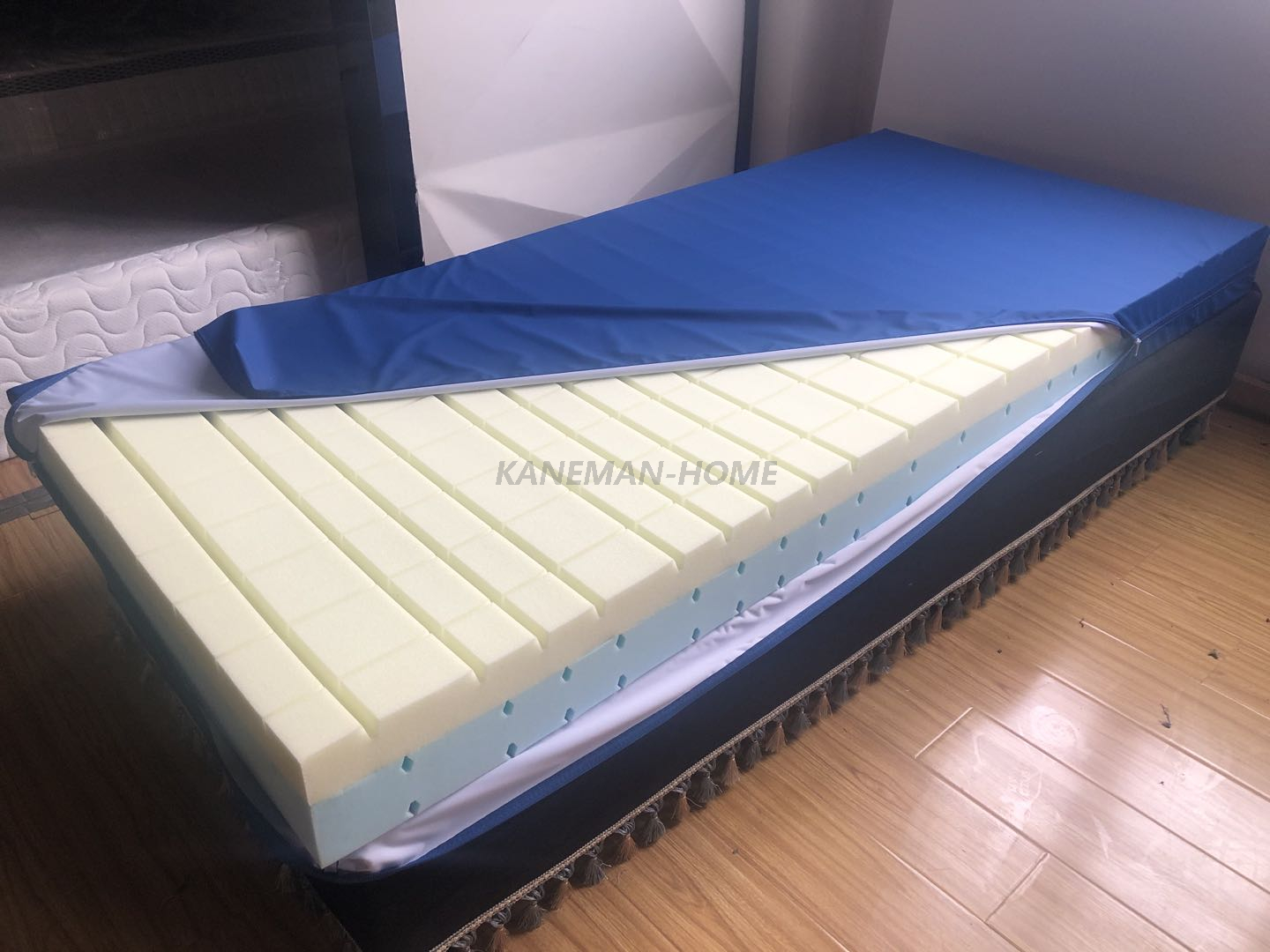 Another benefit of using
mattress pads for nursing homes
is that they help protect the mattress from wear and tear. As residents spend a lot of time in bed, the constant movement and pressure can cause the mattress to wear out quickly. Mattress pads act as a barrier, absorbing the impact and reducing the strain on the mattress. This not only extends the lifespan of the mattress, but it also saves the nursing home money in the long run.
Another benefit of using
mattress pads for nursing homes
is that they help protect the mattress from wear and tear. As residents spend a lot of time in bed, the constant movement and pressure can cause the mattress to wear out quickly. Mattress pads act as a barrier, absorbing the impact and reducing the strain on the mattress. This not only extends the lifespan of the mattress, but it also saves the nursing home money in the long run.
Prevent the Spread of Germs and Allergens
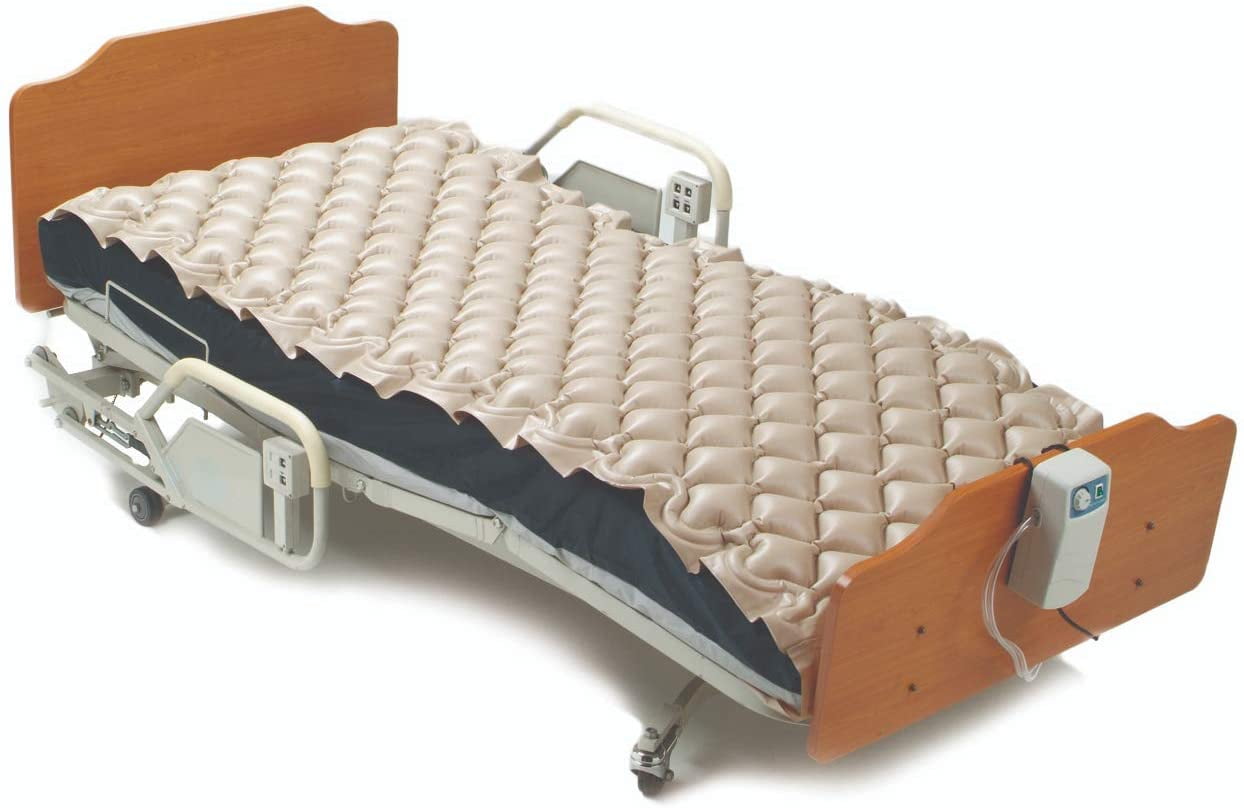 Nursing homes are communal living spaces, which means there is a higher risk of germs and allergens spreading.
Mattress pads
not only provide a barrier against physical wear and tear but also protect against bacteria, dust mites, and other allergens. This is especially crucial for residents with weakened immune systems. Some mattress pads are also waterproof, which can prevent spills and accidents from seeping into the mattress and causing damage.
Nursing homes are communal living spaces, which means there is a higher risk of germs and allergens spreading.
Mattress pads
not only provide a barrier against physical wear and tear but also protect against bacteria, dust mites, and other allergens. This is especially crucial for residents with weakened immune systems. Some mattress pads are also waterproof, which can prevent spills and accidents from seeping into the mattress and causing damage.
Ease of Cleaning and Maintenance
 In a nursing home setting, time and resources are limited, making it essential to have products that are easy to clean and maintain.
Mattress pads
can be easily removed and washed, making it easier to keep the bed clean and hygienic. This is especially important for residents who may have incontinence issues or are prone to spills. Additionally, using a mattress pad can reduce the frequency of having to clean or replace the entire mattress, saving time and money for the nursing home.
Mattress pads for nursing homes
are a practical and cost-effective solution to improve the comfort and well-being of elderly residents. They provide numerous benefits, from protecting the mattress to promoting a clean and hygienic living space. With the variety of options available in the market, nursing homes can find the perfect mattress pad to suit their residents' needs. By investing in high-quality mattress pads, nursing homes can ensure that their residents receive the best care and comfort possible.
In a nursing home setting, time and resources are limited, making it essential to have products that are easy to clean and maintain.
Mattress pads
can be easily removed and washed, making it easier to keep the bed clean and hygienic. This is especially important for residents who may have incontinence issues or are prone to spills. Additionally, using a mattress pad can reduce the frequency of having to clean or replace the entire mattress, saving time and money for the nursing home.
Mattress pads for nursing homes
are a practical and cost-effective solution to improve the comfort and well-being of elderly residents. They provide numerous benefits, from protecting the mattress to promoting a clean and hygienic living space. With the variety of options available in the market, nursing homes can find the perfect mattress pad to suit their residents' needs. By investing in high-quality mattress pads, nursing homes can ensure that their residents receive the best care and comfort possible.
